Roland Herlory, CEO of luxury swimwear brand Vilebrequin continues our Luxury Leaders series. He speaks to LUX about Saint Tropez’s 1970s rock’n’roll lifestyle, the influence of social media and working in St. Bart’s

Roland Herlory
LUX: How would you describe the Vilebrequin lifestyle?
Roland Herlory: When you think about Vilebrequin, you think about holidays and fantasy. About having a good time, relaxing, and sharing privileged moments with your loved ones. Vilebrequin wants to make this feeling of “lâcher prise” last all year long. Our style is elegant but casual and fun at the same time.
LUX: In the fast expanding luxury market, is heritage still as significant?
Roland Herlory: Of course it is! We were born in St-Tropez in 1971. At that time it was just a little harbour where many artists and icons gathered. It was a time when carelessness was allowed and freedom was in the air. Brigitte Bardot , Gunter Sachs, Françoise Sagan …They all met and had fun together. It was rock’n’roll at that time and Mick even married Bianca Jagger in St-Tropez in 1971. Now times are different, but Vilebrequin still claims its St-Tropez 1970’s roots! It is very important because no other swimwear brand has this kind of heritage and expertise – apart from probably Eres created in 1969. Most of our clients work throughout the year in dark suits. Its only during their holidays that they allow themselves humour and freedom. Vilebrequin’s expertise is this delicate fine line between elegance and the joy to play. This is part of our heritage and we will keep working around this. The secret about men is that they embody strength when they feel comfortable with their bodies. Only then, they wear green elephants or pink crabs with an ultimate, male allure. For me, this is the St-Tropez spirit of the seventies for which Vilebrequin is still a symbol.
Read next: LUX takes a VIP tour of the Monaco Grand Prix
LUX: What makes a product truly luxurious?
Roland Herlory: Quality is restless. The characteristic of real luxury is to always strive for more. For our golden swimsuits, it was our Italian embroidering company that came up with the idea to work with threads of real gold. Now, there are 15 grams of pure gold embroidered onto these special editions, plus 2 sapphires for the ends of the cords. Half of the 80 pieces that were produced were sold out in a second.
LUX: What are the most challenging issues you face as a CEO of an international business?
Roland Herlory: We always need to evolve. We still have the same ocean vocabulary but we always need to reinvent our classic, with the iconic turtle becoming bubbly or 3D. We don’t follow fashion, instead we are guided by our technological advances. What makes the human hand also allows us to progress stylistically. Today, thanks to ink jet printing, we can reach qualities of unsurpassed delicacy on a fabric, which is nevertheless extremely difficult.
Read next: LVMH’s Jean-Claude Biver on the singleness of real luxury
LUX: How do you balance business with pleasure?
Roland Herlory: I live 10 days each month in St Bart’s, but I’m not at the beach as often as one might expect me to be living in the Caribbean. Having lived in St Bart’s for 15 years, you tend to look at the beach in a different way to tourists. If you’re were on holidays there, you would probably spend the whole day at the beach. But I work there, even if people don’t believe me when they hear ocean waves in the background of a phone call. The rest of the time I live in Geneva and Paris, travelling from subsidiary to subsidiary. I am moving around a lot.
LUX: How has the rise of social media affected or influenced your business decisions?
Roland Herlory: Under the #Poolside365 this year, and #SummerAllYearLong last year, fashion and lifestyle bloggers presented their favourite pools on the Vilebrequin blog and social networks. The whole digital Mise en Scène is a trend that is represented by these bloggers. Tradition stays alive if you inject modernity. It’s a skill I’m well accomplished in, having been at Hermès for 23 years. Tradition can become a part of the past very fast. We need these bloggers to add part of the modernity.
Read next: Bringing back the sounds of the seventies
LUX: You’re a pioneer facing increasing competition, how do you deal with that?
Roland Herlory: You have to keep on fighting to maintain the level or to improve something. For example, quick dry was a big challenge during the last two years. The new collection dries three times quicker – I don’t know if I should even be telling you this yet – but my dream is to make completely water-resistant swim shorts. We are working on it, with nano-technology . But I don’t want the competitors to know more. Fabrics that dry fast are easy to be found, but they are thin and technical. When you leave water in such a fabric it sticks to your legs. Bad for selfies…Our material is- thanks to an elaborate fabrication process and incredible expertise – the ultimate elegance. Wet or dry , the swim shorts keep their look. But still the easiest solution for the problem is a second pair of shorts: one for the water, one for the beach.

Vilebrequin menswear
LUX: What are the most important developments for Vilebrequin this year?
Roland Herlory: Vilebrequin was created 45 years ago so for us, this is an age of maturity. We will open more shops in Asia and Australia. We have been developing accessories, including shoes and soon sunglasses. We grow at our own rhythm, step by step. We will continue creating more products.
LUX: How do you relax?
Roland Herlory: The best way to relax is yoga. Otherwise, when I am home in St Bart’s, on a beach at sunset.
vilebrequin.com



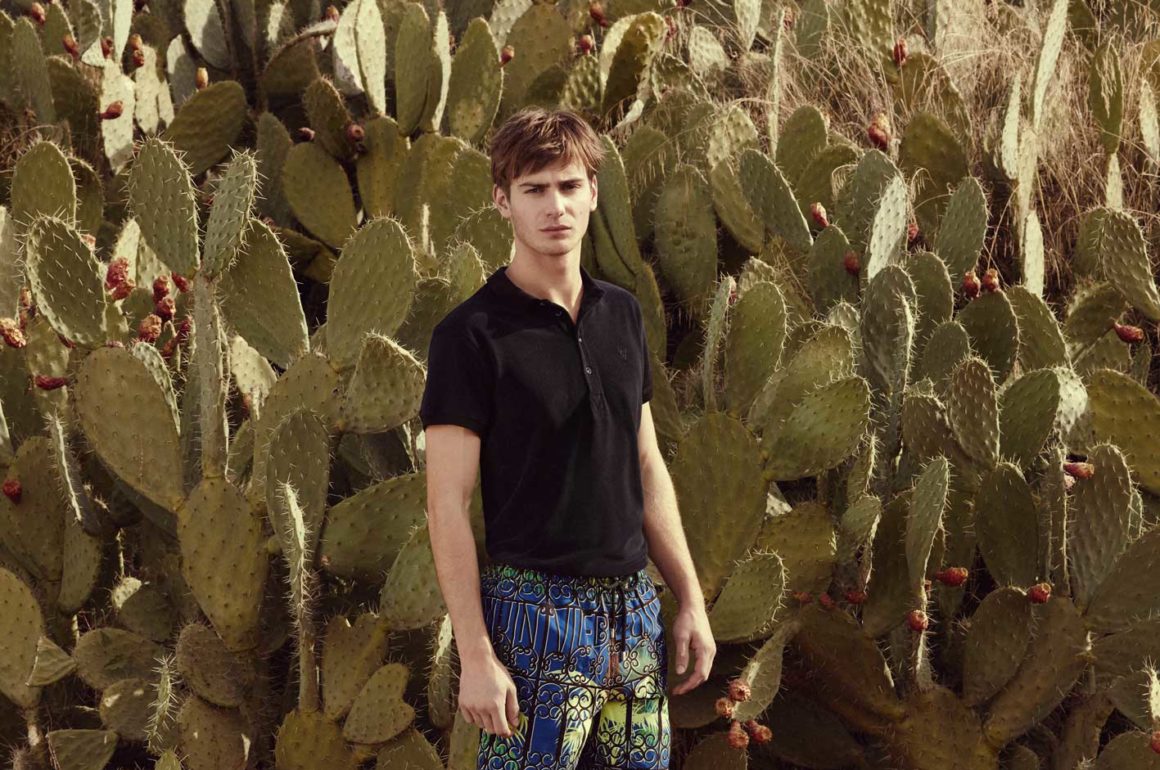


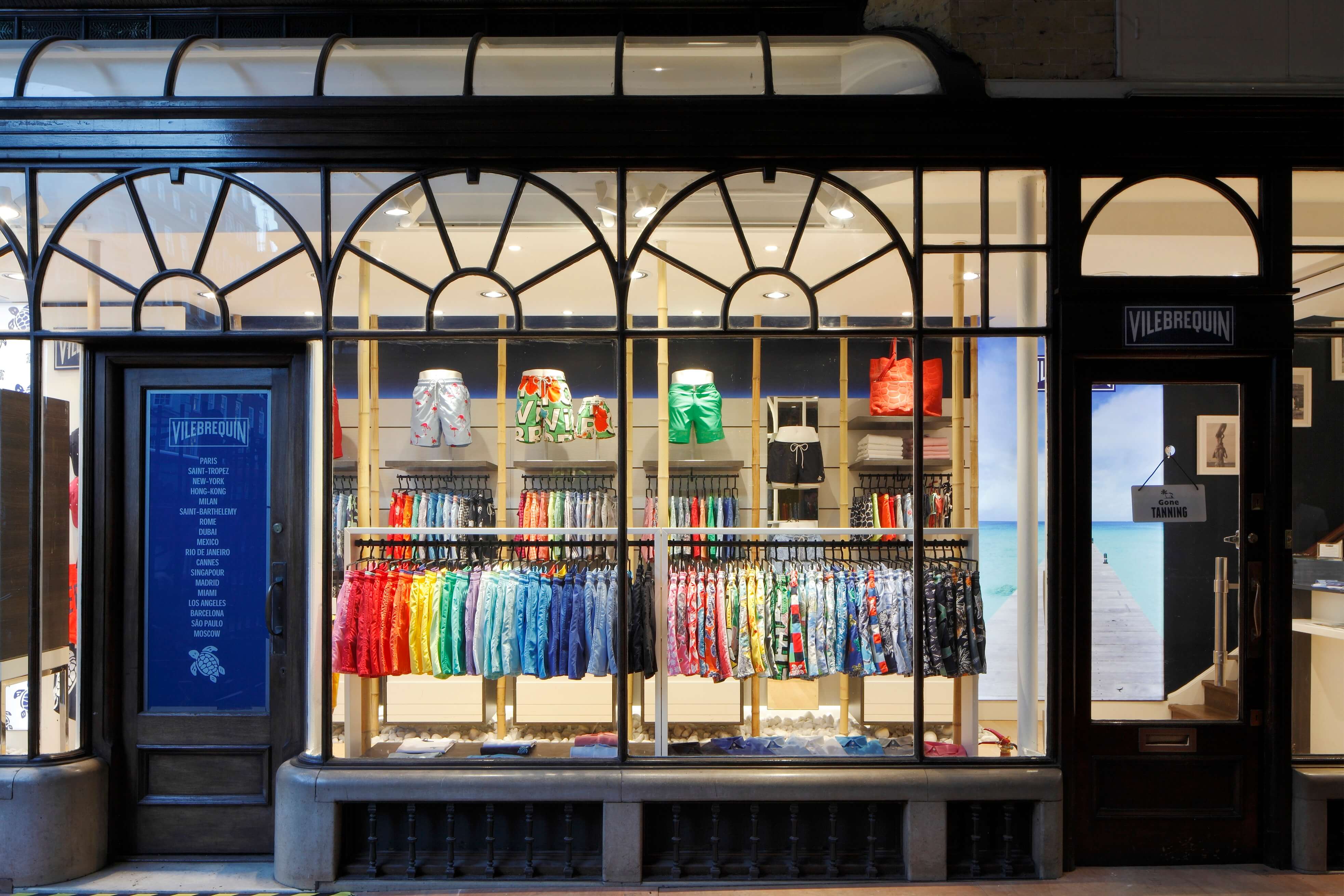
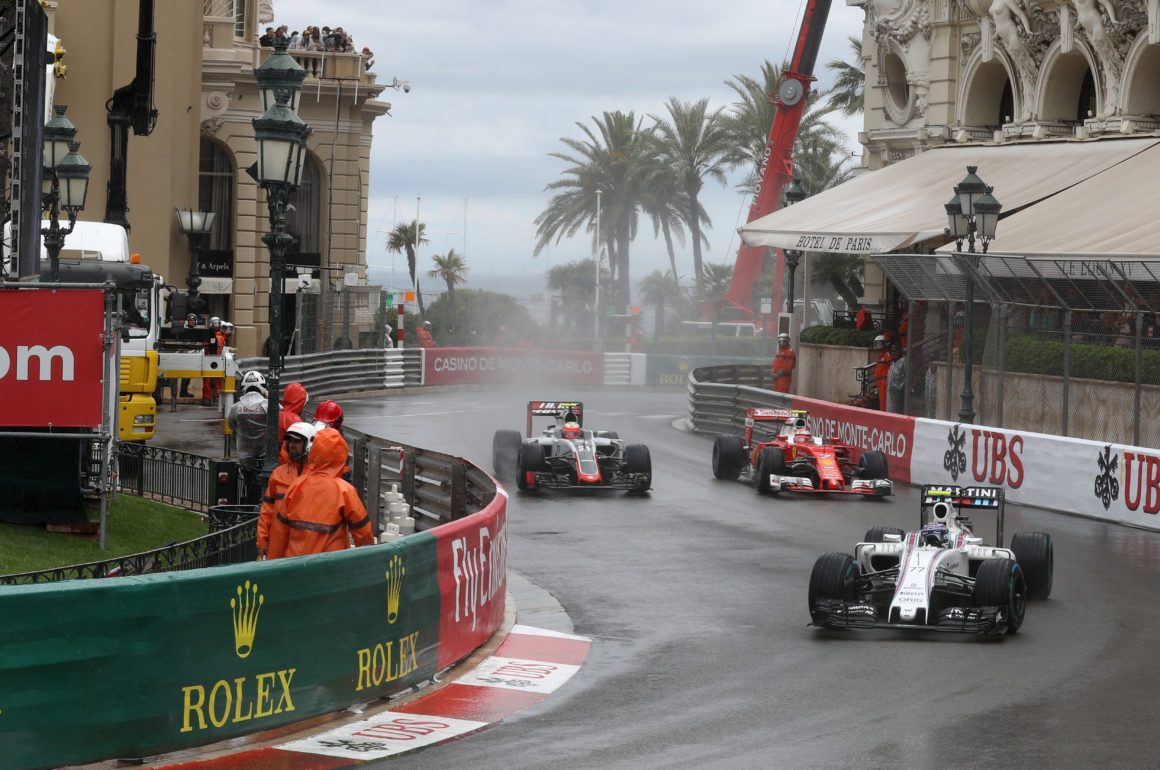
 When you think of
When you think of
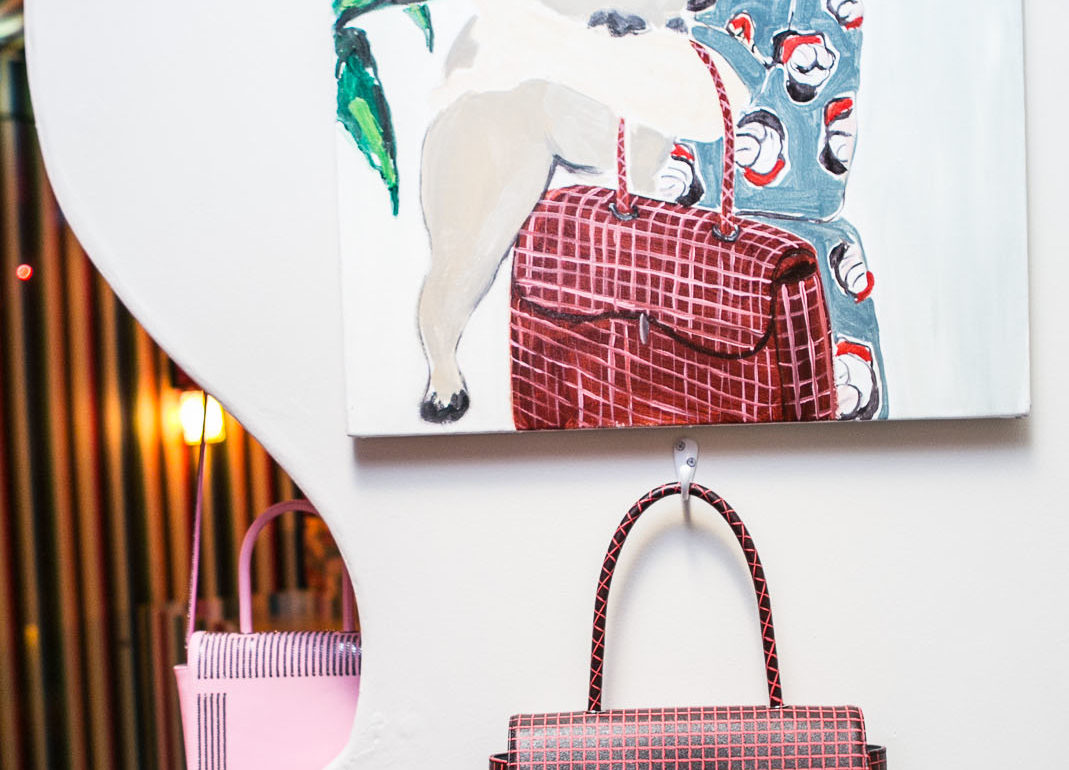

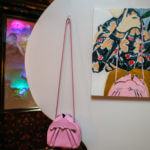
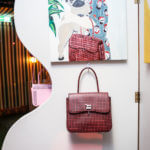
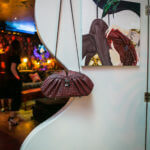





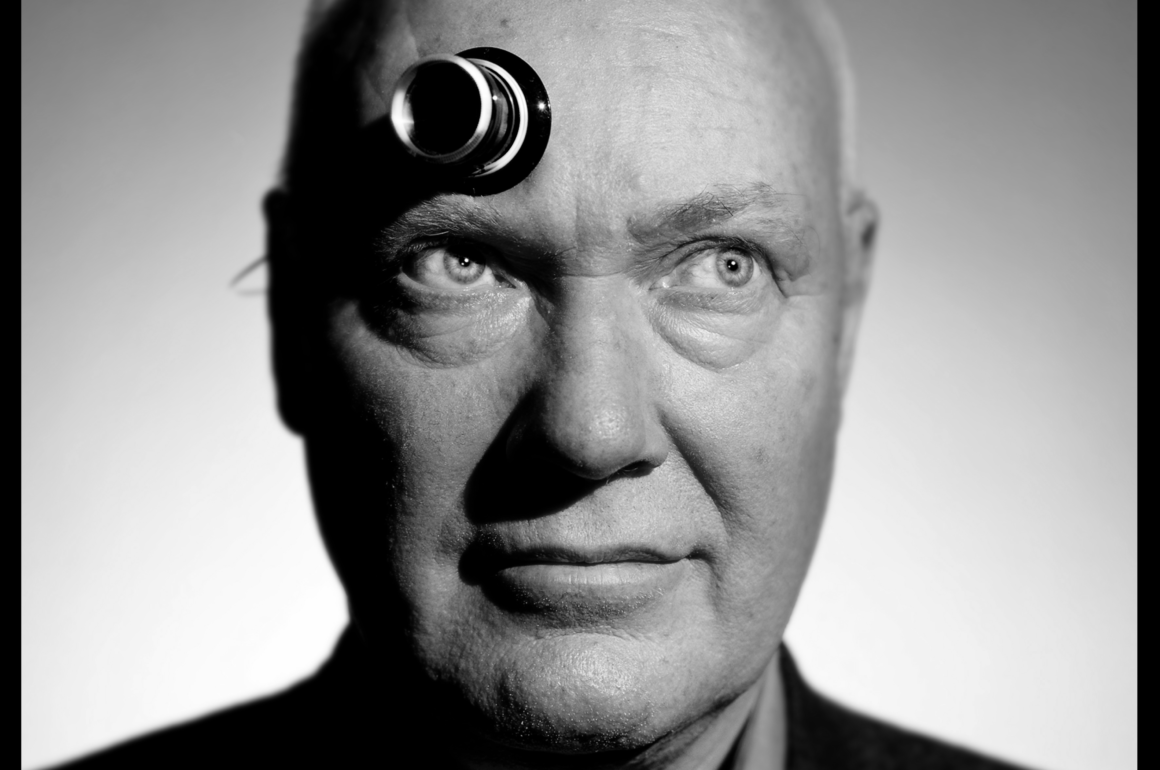





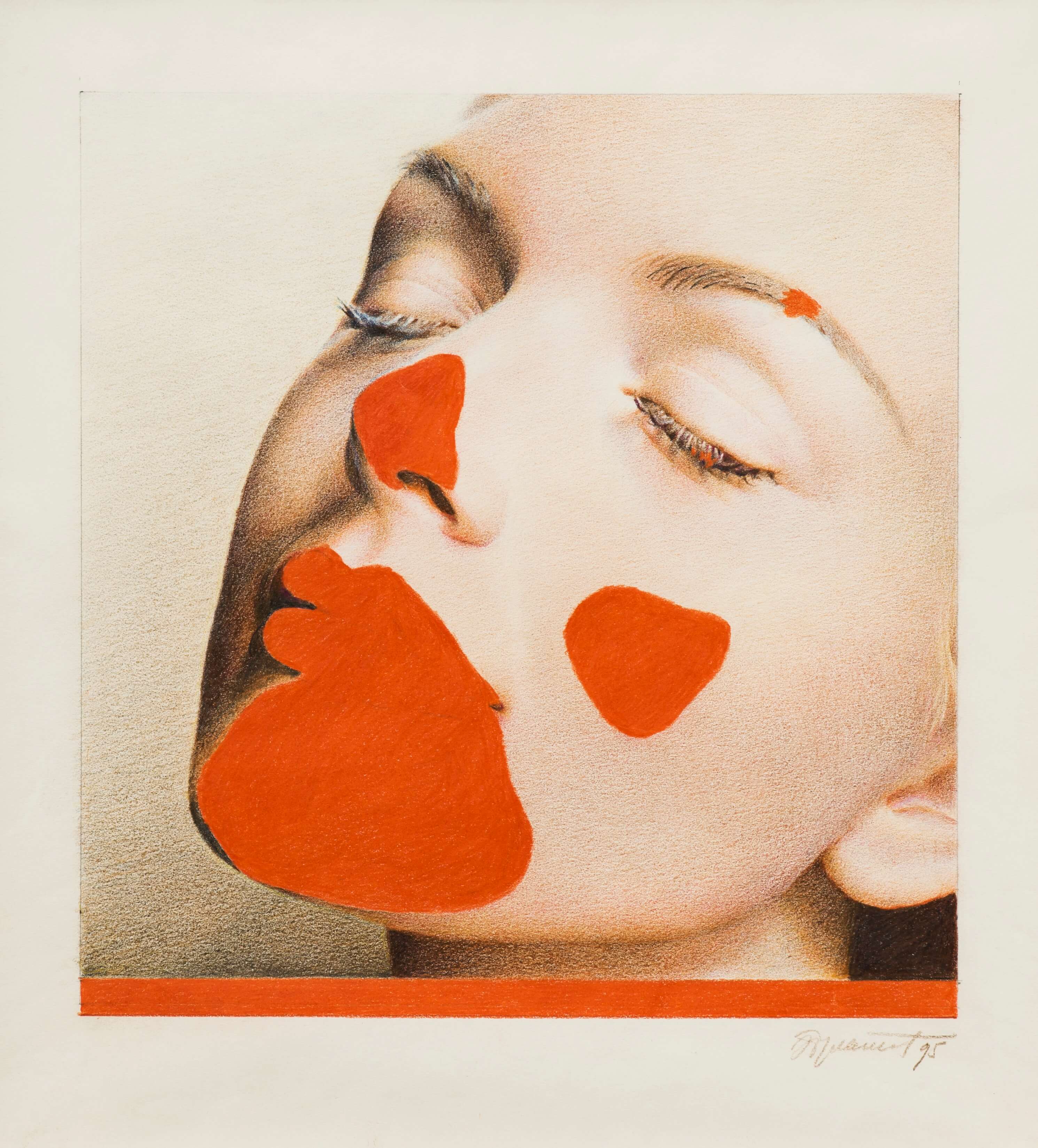

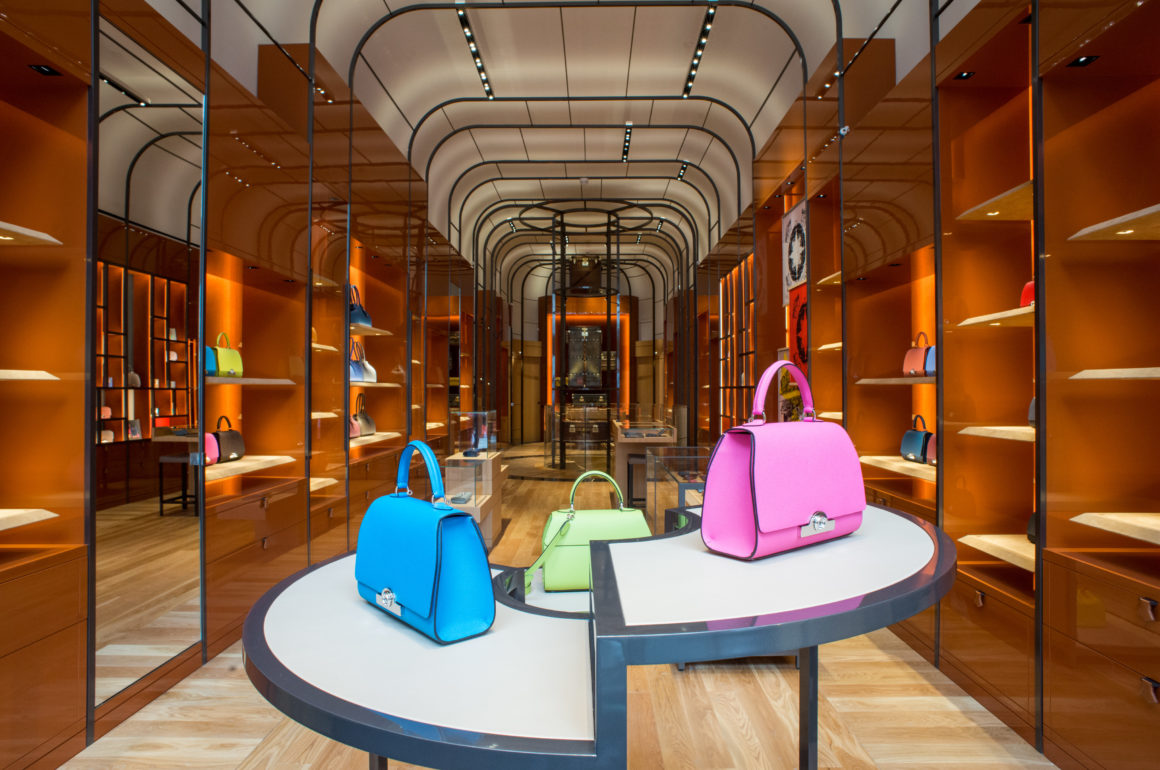

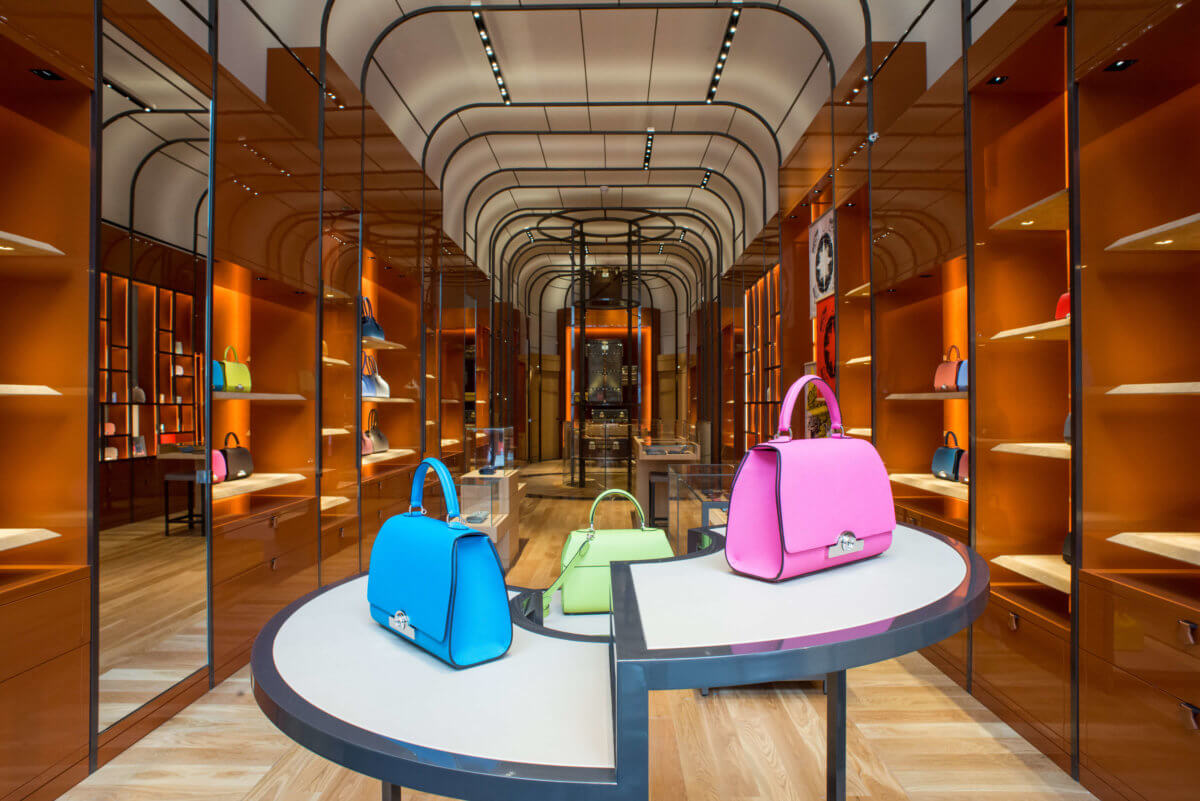
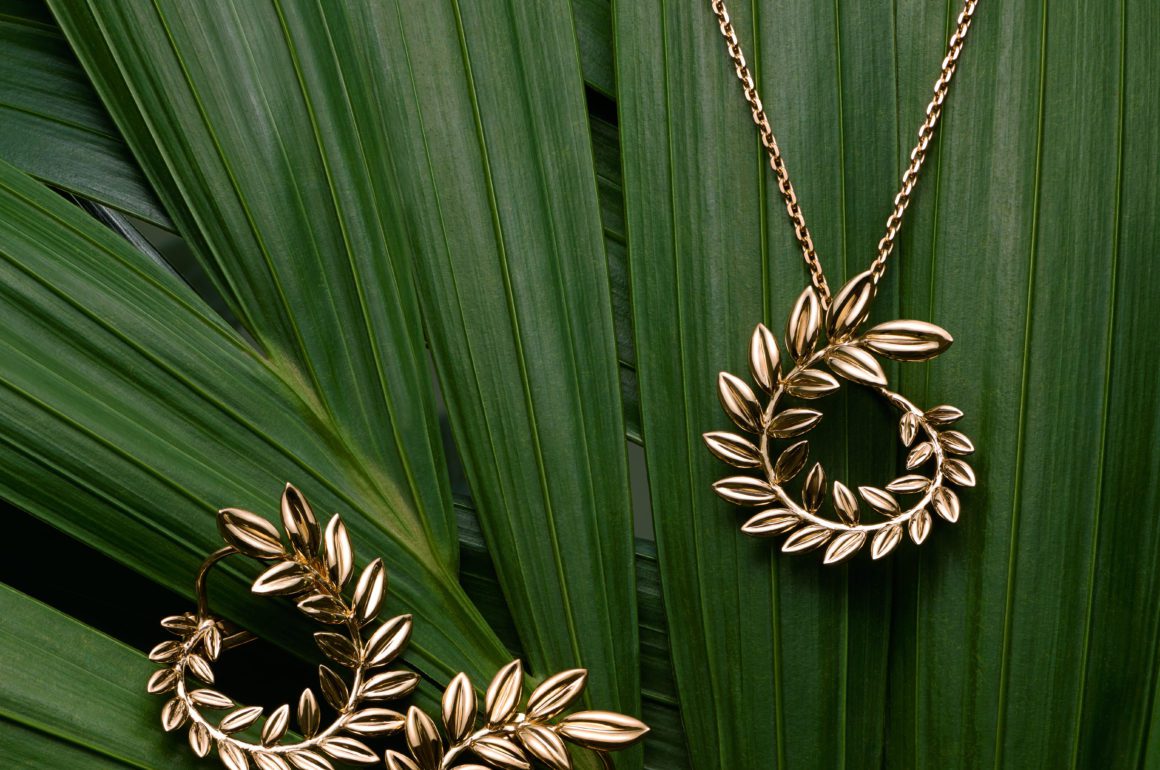


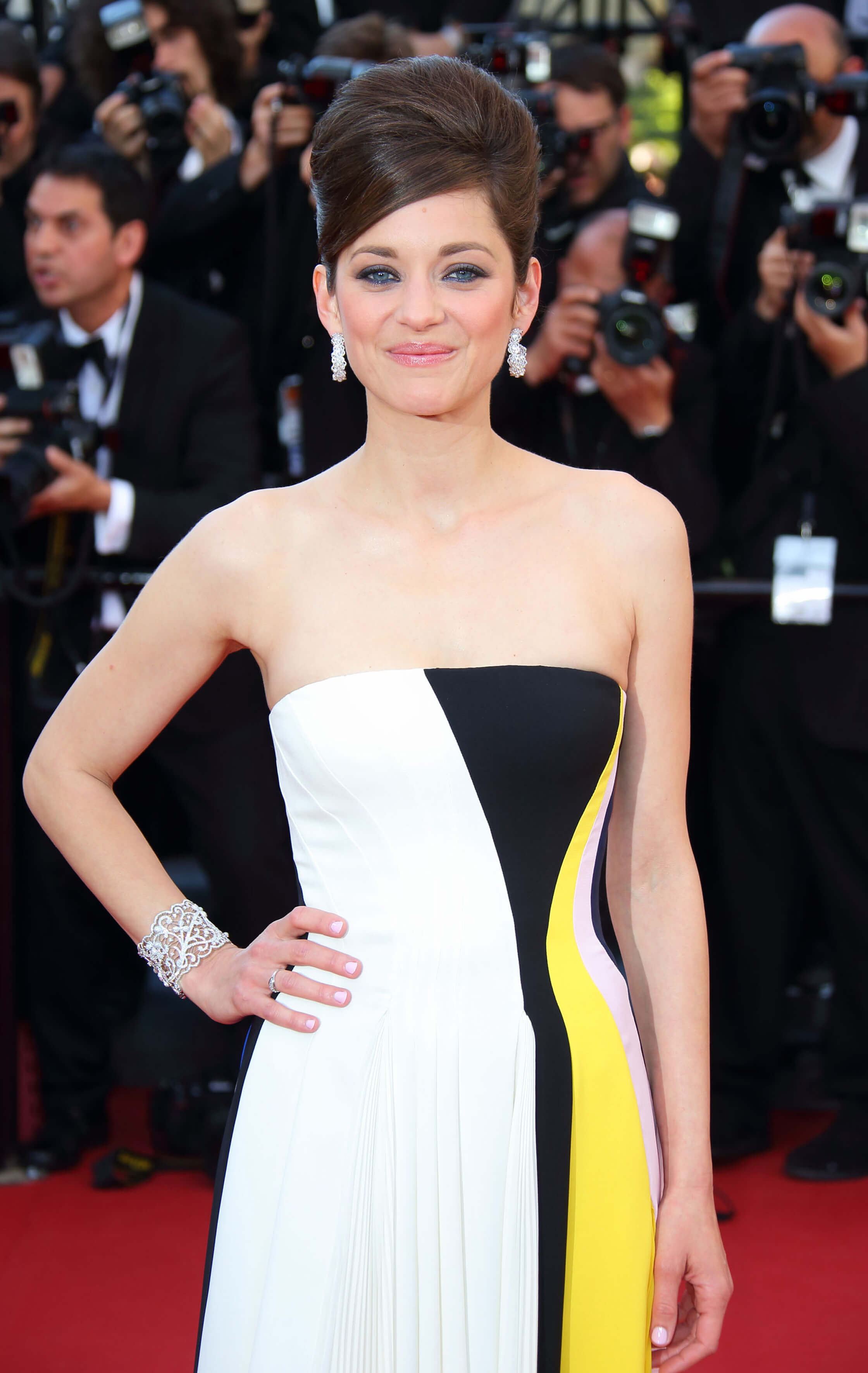
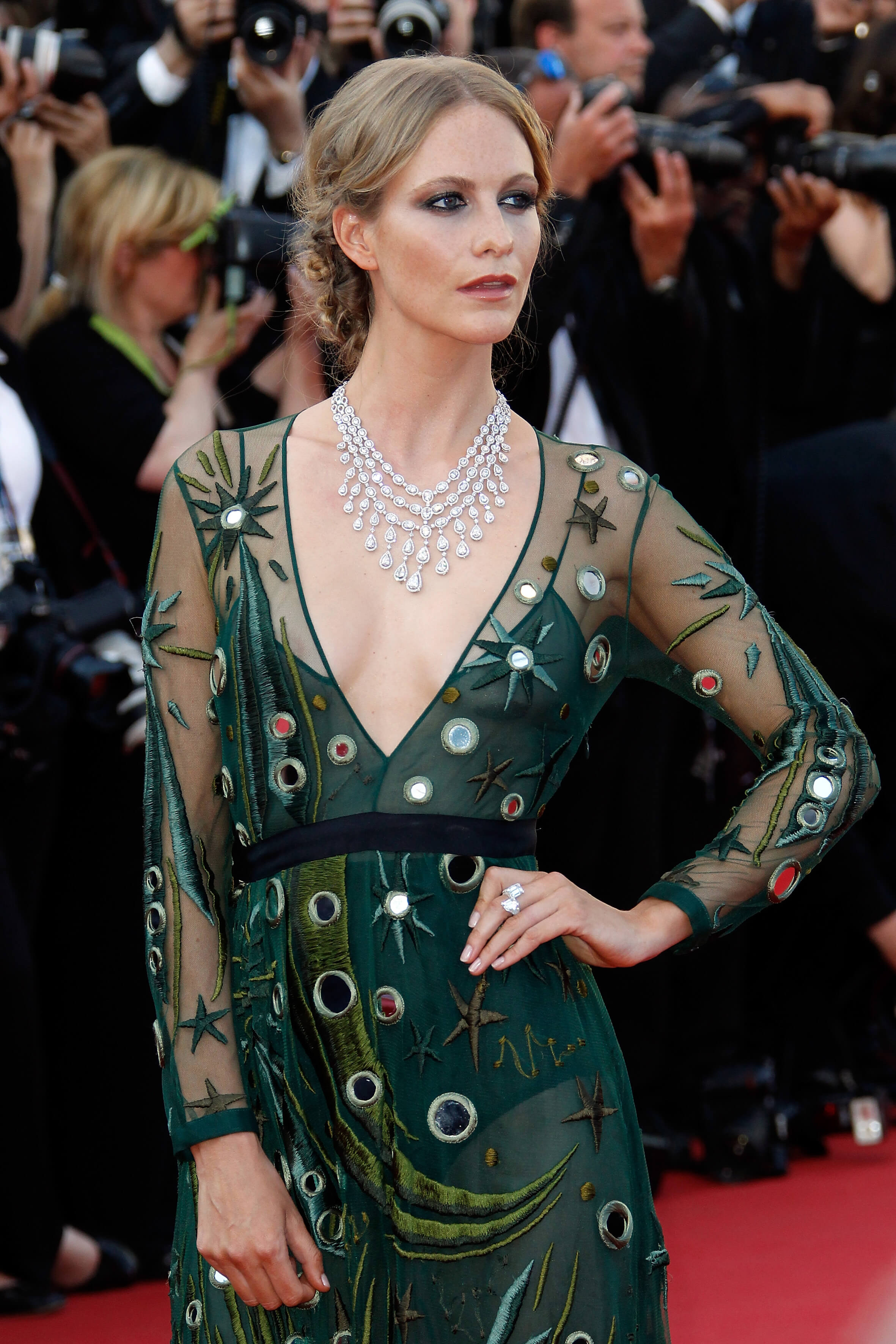
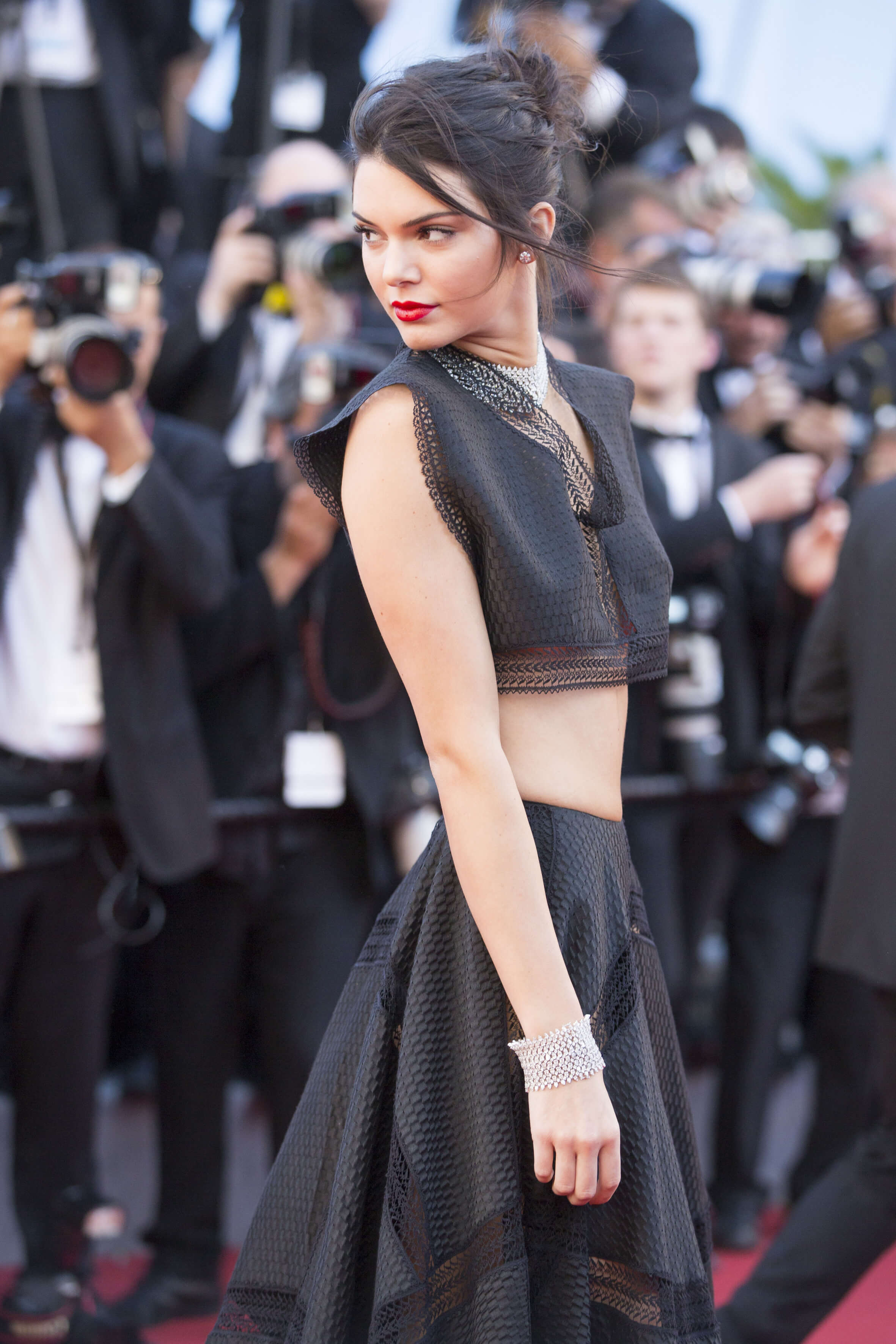
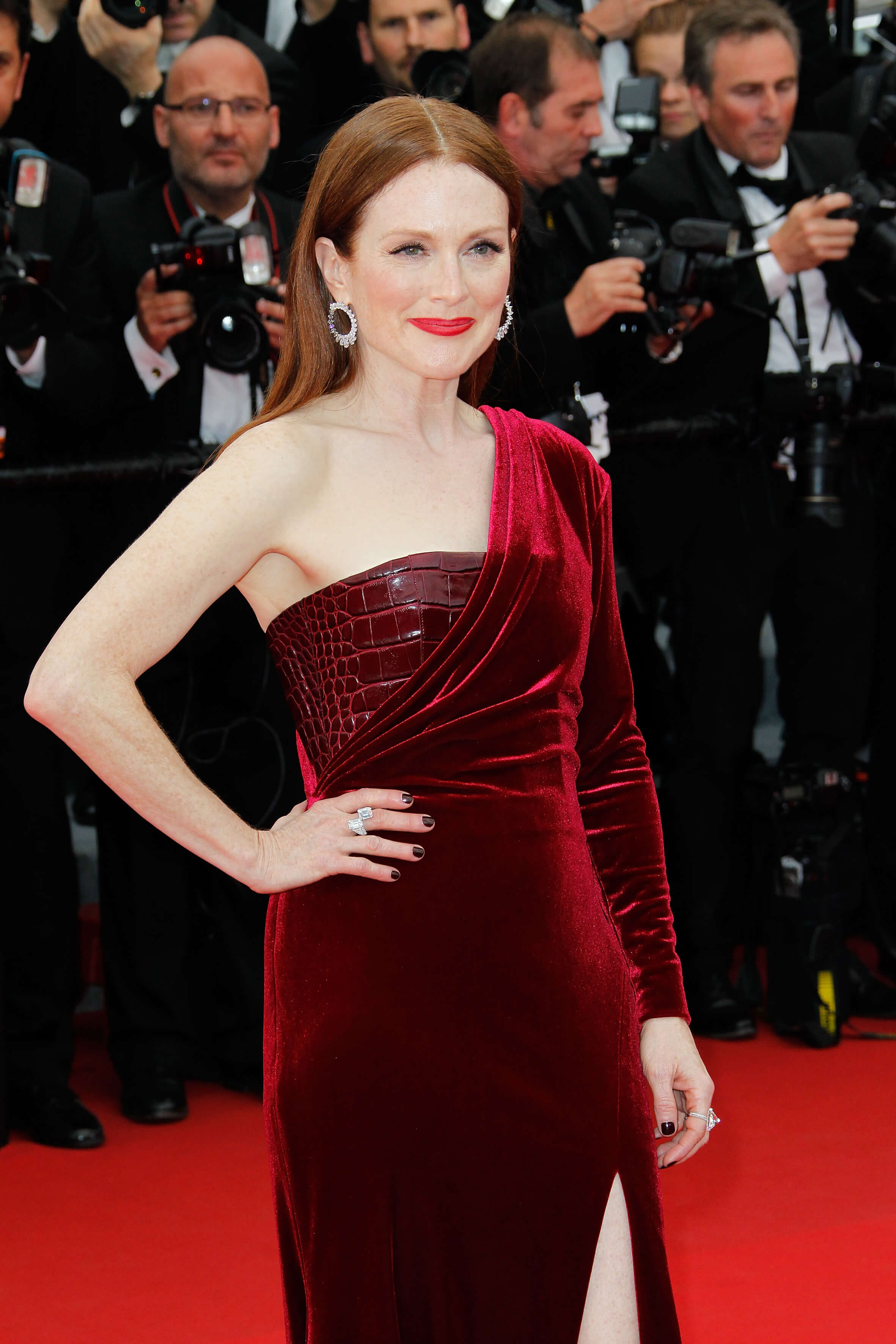
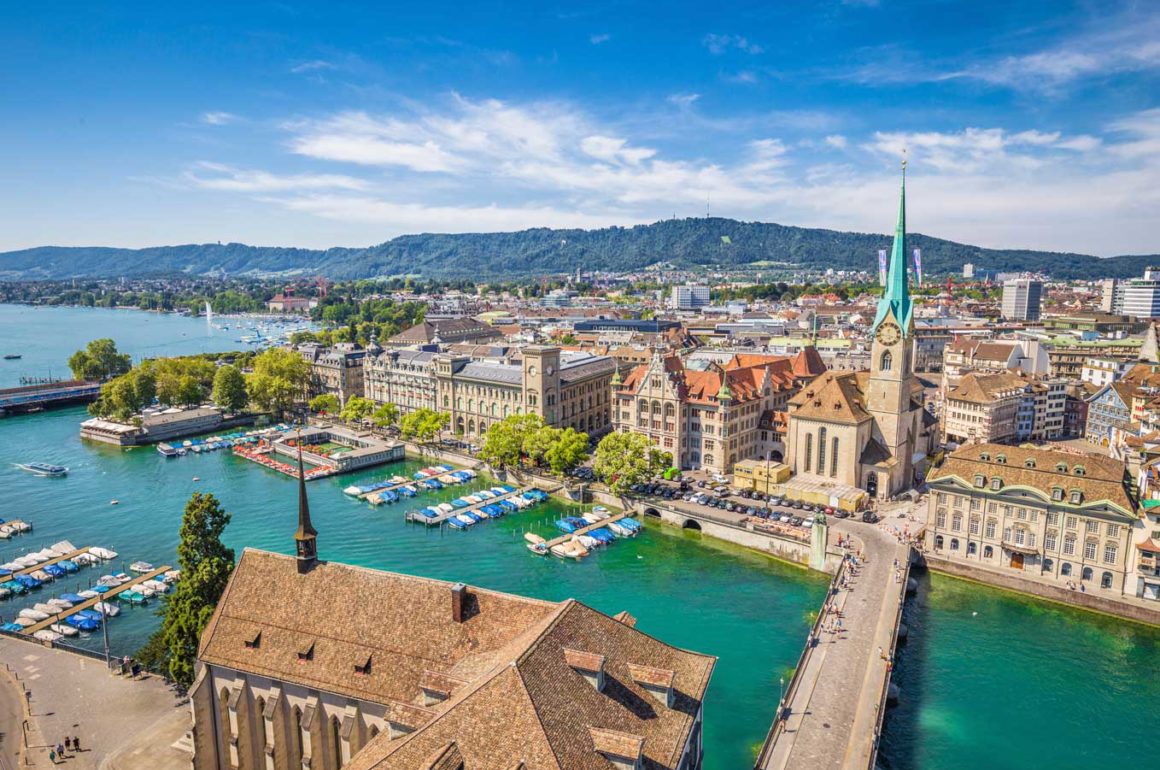


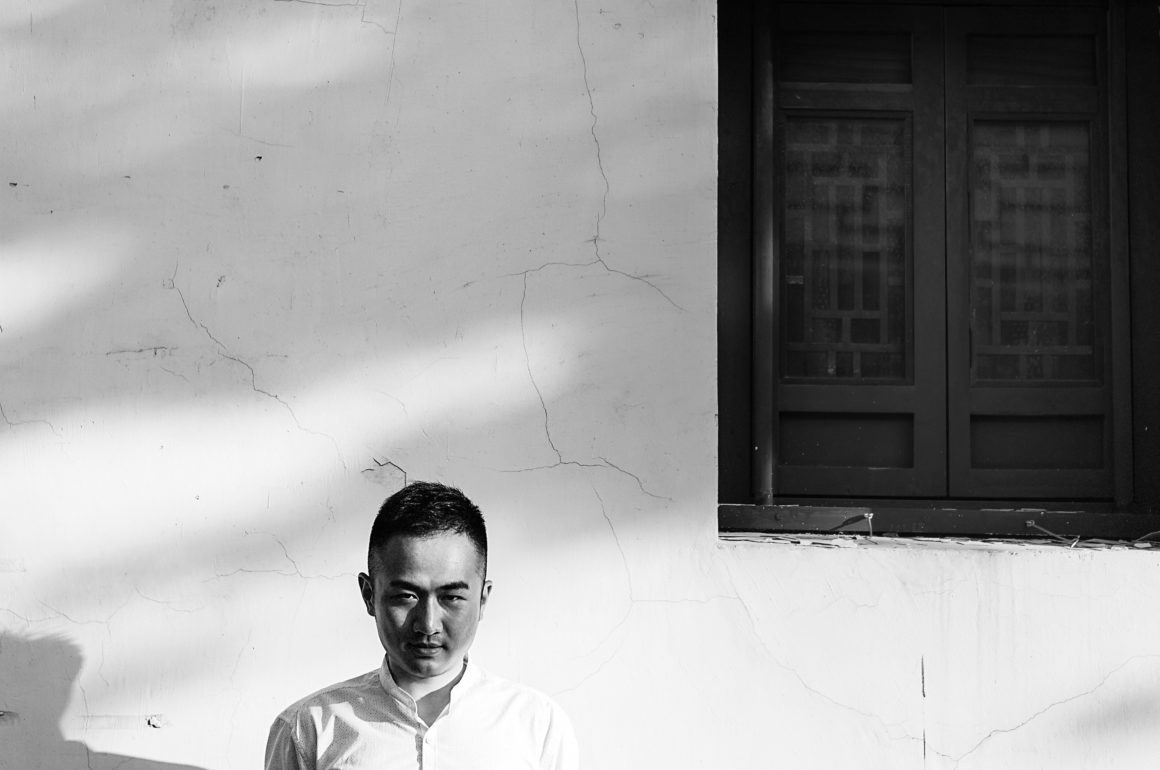






Recent Comments